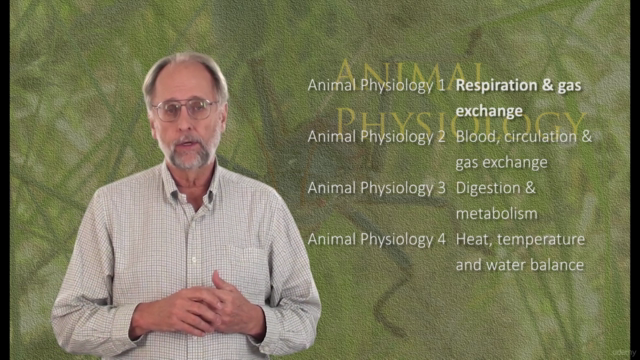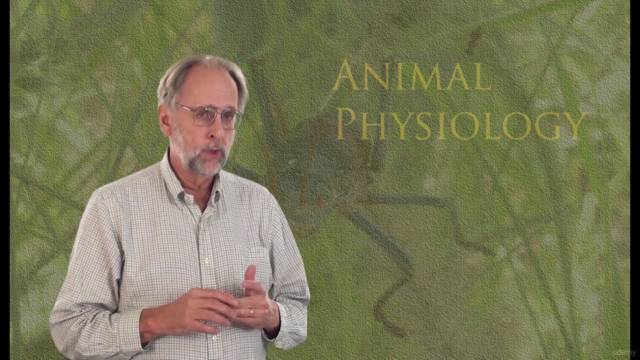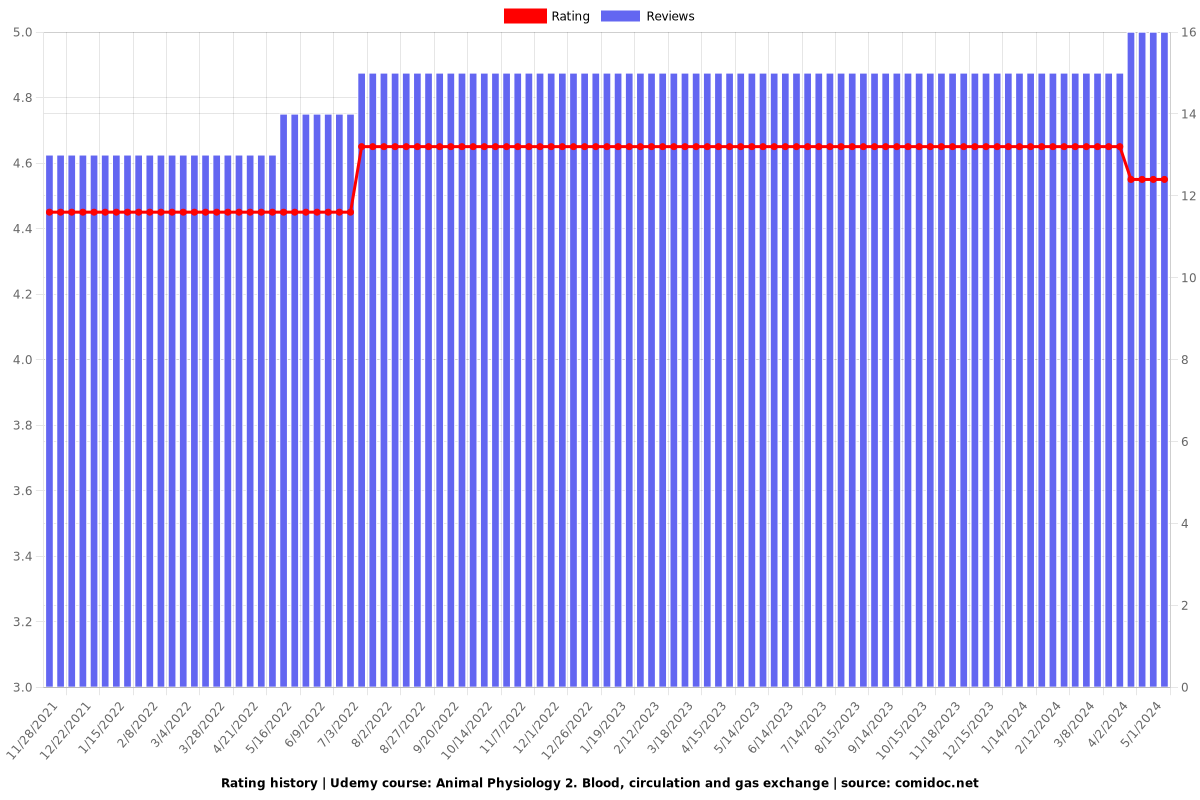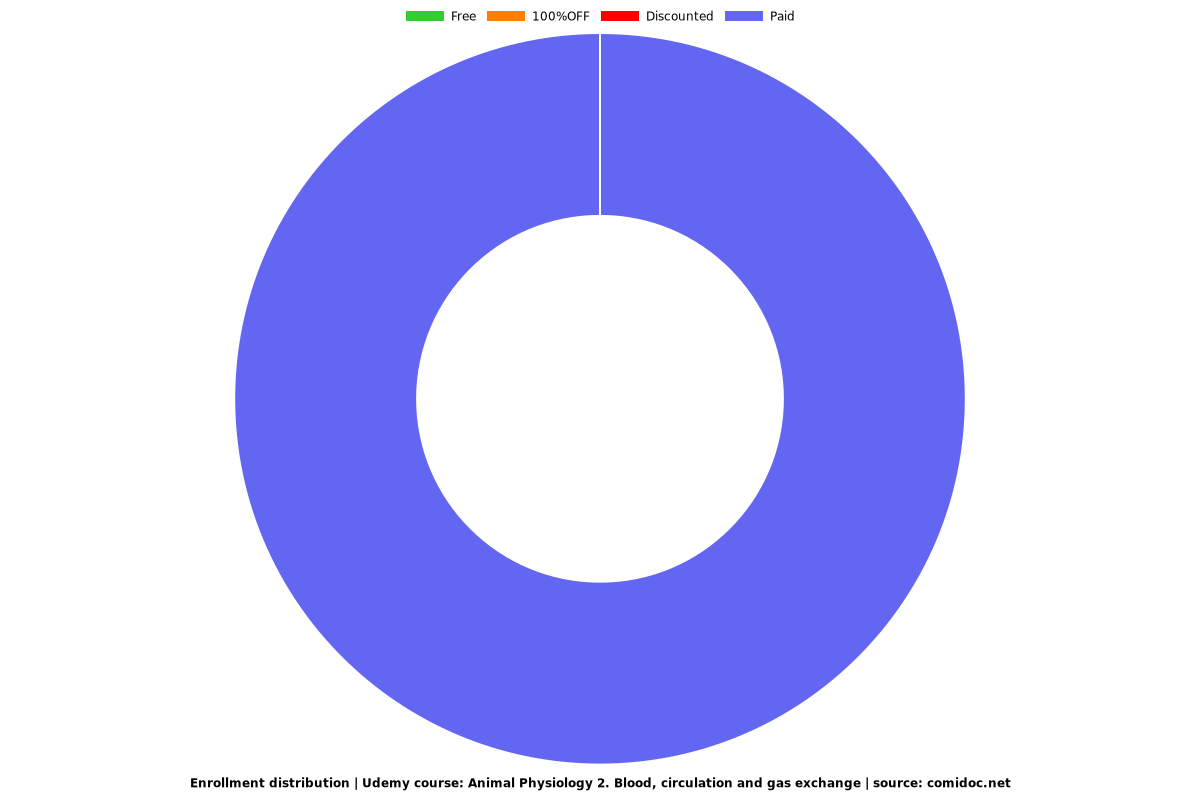Animal Physiology 2. Blood, circulation and gas exchange
The physics and evolution of blood circulation

What you will learn
Understand the physics of flow through tubes, and how this affects the flow of blood through blood vessels.
Understand how networks of blood vessels can assemble into blood distribution networks, and the physical limitations on vessel network design
Understand the contradictory design principles of efficient pumping and effective distribution of materials through vascular networks
Understand how Murray's law provides a framework for reconciling these contradictory design principles.
Understand how blood vessels can remodel and adjust shape to accommodate both local and global demand for blood flow.
Understand how the move onto land led to the evolution of an entirely new gas exchange system, shifting from gills to lungs.
Understand how the vertebrate lung evolved through the 200 million year replumbing project that accompanied the evolution of terrestriality.
Understand the various types of cardiovascular systems found among the vertebrates, and come away with a clearer picture of their adaptability of function.
Why take this course?
Animal physiology is, to use a common phrase, how animals work.
Animals are, in one sense, machines, and the aim of the science of physiology is to understand how these machines function—what drives them, how they operate, the interaction of the various systems they comprise, and the physical and chemical constraints on how they work.
Animals are also organisms, and this course is intended to help you understand how animals work as integrated units, i.e. as organisms. We will be concerned with how organisms’ various components work to keep an animal alive, with how these are coordinated, and how the various types of animals, despite their disparate evolutionary histories, solve common physiological problems, sometimes in remarkably innovative ways.
This course is the second in a series of courses that, together, would be the equivalent of a one-semester course in animal physiology. I strongly recommend that you take the first course in the series, Animal Physiology 1. Respiration and gas exchange, before you take this course. Subsequent courses in the series are Animal Physiology 3. Digestion and metabolism and Animal Physiology 4. Temperature, water and metabolic rate.
This course is intended for the upper-division biology student. It is also a good course for graduate students and practicing professionals looking for a brush-up course in animal physiology. I presume that you come into this course with the background in chemistry, physics, mathematics and biology that can be reasonably expected of a senior biology student. The course consists of about five hours of video clips, parceled into seven lectures.Screenshots




Reviews
Charts
Price

Rating

Enrollment distribution
